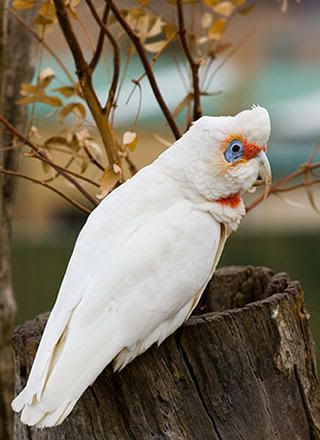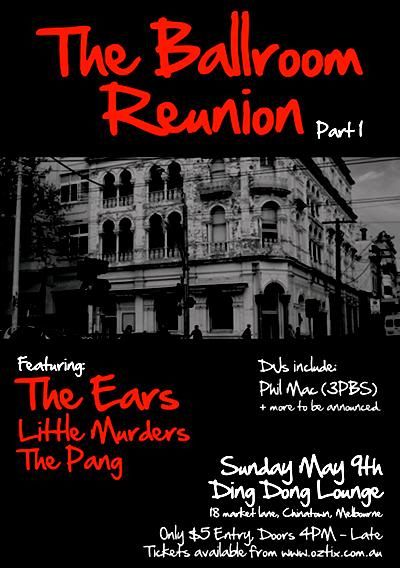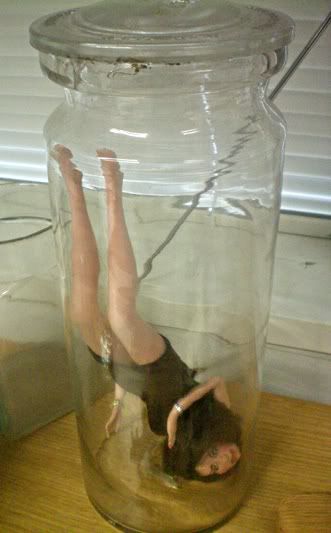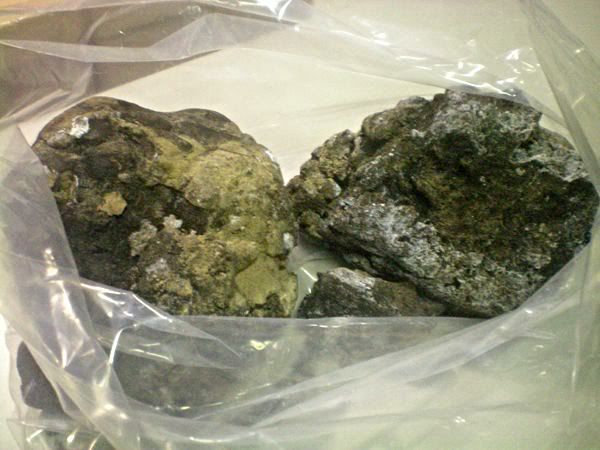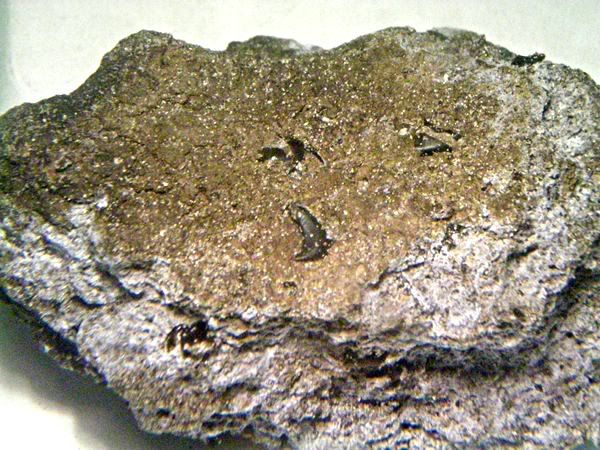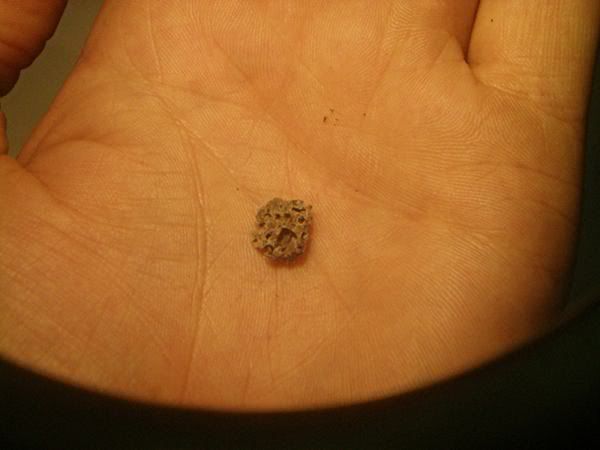Why do we believe things despite a lack of evidence - or even in the face of overwhelming proof that we are wrong? Because it suits us to, I think, more or less.
What other reason can there be, down at the bone?
Are we too proud to admit we’re wrong? Too scared to break with our peer group? Or we’re paranoid? We’re making money? We like the idea of certain things being true because they fit with the kind of universe we’d like to live in? Or they feel right? Or they issue from the mouth of someone we admire? Or whom we respect? Or whom we find beautiful?
Generally, it all comes down to the same thing: if we break with evidence, we can, unlike scientists, believe whatever the hell we like. Unless, I suppose, we’re ignorant or mentally incapable of understanding the meaning and the implications of scientific proof.
So what lies behind the choice so many parents make to deny their children vaccination? Why have they chosen to believe that the MMR vaccine causes autism, despite there being not a skerrick of proof?
The luxury of resting ones child’s health on the back of an urban myth is allowed only by the vaccination of other children. And as such it is profoundly decadent. If these parents had lived through the heyday of smallpox or polio, their position would have been untenable - but the horror of those days has apparently been forgotten.
And if the vast majority of today’s children were not vaccinated and there was no establishment of ‘herd immunity’ then epidemics of debilitating often fatal diseases would sweep the country. There would be the same amount of autism but a whole lot more measles, mumps, rubella, chickenpox, tuberculosis and pertussis.
The anti-vax canard is already causing deaths. There have been outbreaks in new age havens like Byron Bay. A four month old baby has died from pertussis because of low vaccination rates. She was depending on herd immunity to protect her until she was old enough to be vaccinated, as are those who are immunologically compromised and cannot withstand a vaccine.
But, again, why choose to fly in the face of established evidence?
I’ve been wondering if it might come down to trypanophobia? (That would be the fear of needles, by the way) I wonder if Jenny McCarthy’s ‘mommy instincts’ were actually roused by the sight of cold steel not only penetrating her child’s pure flesh but pumping arcane scientific fluids into its system? To a parent’s eye it is indeed an apparent violation.
It’s not an insignificant phobia. 10% of us have it. And to quote Wikipedia “thousands of years ago humans who meticulously avoided stab wounds and other incidences of pierced flesh would have a greater chance of survival.” It takes a solid trust in medicine & science to shuck instinct and submit one’s child to such an experience, but at least it is a trust based in good solid evidence - not in quack doctors, net paranoids, and loopy new age energumens.
I think some parents simply choose not to yield their child to the medicated barb. The screaming of the babe trumps any amount of figures and statistics. But when mountebanks like Dr Wakefield give them sets of figures they can happily agree with, they seize on them, and so the thing grows.
However, there is a new delivery mechanism in the chute: a dermal 'nanopatch' developed by Professor Mark Kendle, from Queensland University's Institute of Bioengineering and Nanotechnology. The patch promises to deliver vaccines far more effectively than the needle and with only a few minutes wear.
If this idea comes to fruition, I wouldn’t be surprised if it pulls the rug out from beneath the anti-vax movement. With the needle gone, there will be no critical emotional response holding up the whole insane edifice, and the nasty business might just crumble away.
People might then realise it was all just a very complicated way for selfish, cowardly parents to avoid having a doctor pierce the skin of their screaming child - for its own good and the absolute good of us all.
(PS. Sadly, I’ve just heard an ad for Channel 10’s 7pm program: To vaccinate or not to vaccinate? I hope to goodness the dangerous nutjobs aren’t getting equal time with the scientists again.)
(PPS. I just realised that I might have called this post 'The Needle And The Damage Done'.)



